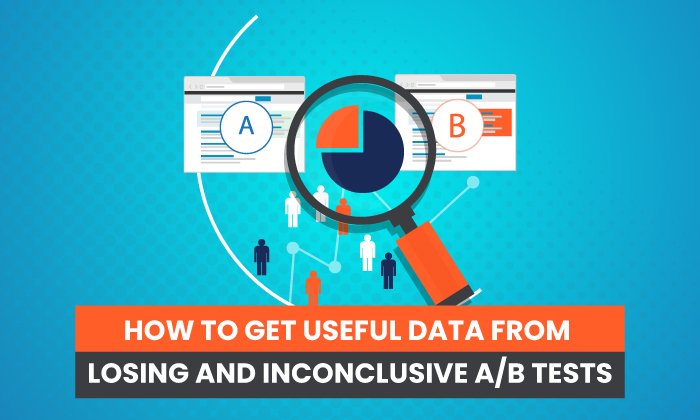What is an A/A Test & Do You Really Need to Use It?

What’s worse than working with no data?
Working with “bad” data.
As marketers, we love to test headlines, call-to-actions, and keywords (to name a few). One of the ways we do this is by running A/B tests.
As a refresher, A/B testing is the process of splitting an audience to test a number of variations of a campaign and determining which performs better.
But A/B testing isn’t foolproof.
In fact, it’s a complicated process. You often have to rely on testing software to pull the data, and there’s a high probability of receiving a false positive. If you’re not careful, you could make incorrect assumptions about what makes people click.
So how can you ensure your A/B test is operating correctly? This is where A/A testing comes in. Think of it as a test to the test.
The idea behind an A/A test is that the experience is the same for each group, therefore the expected KPI (Key Performance Indicator) will also be the same for each group.
For example, if 20% of group A fills out a form on a landing page, the expected result is that 20% of group B (who are interacting with an identical version of the landing page) will do the same.
Differences Between an A/A Test and an A/B Test
Performing an A/A test is similar to that of an A/B test; an audience is divided into two similarly sized groups, but instead of directing each group to different variations of content, each group interacts with identical versions of the same piece of content.
Here’s another way to think about it: have you ever heard the idiom, “Comparing apples to oranges”? An A/B test does exactly that — compares two different variants of a piece of content to see which performs better. An A/A test compares an apple to, well, an identical apple.
When running an A/B test, you program a testing tool to change or hide some part of the content. This is not necessary for an A/A test.
An A/A test also requires a larger sample size than an A/B test to prove a significant bias. And, due to such a large sample size, these tests take much longer to complete.
How to Do A/A Testing
Exactly how you do an A/A will vary depending on the testing tool you use. If you’re a HubSpot Enterprise customer conducting an A/A or A/B test on an email, for example, HubSpot will automatically split traffic to your variations so that each variation receives a random sampling of visitors.
Let’s cover the steps to run an A/A test.
1. Create two identical versions of a piece of content — the control and the variant.
Once your content is created, identify two groups of the same sample size you would like to conduct the test with.
2. Identify your KPI.
A KPI is a measure of performance over a period of time. For example, your KPI could be the number of visitors …read more
Source:: HubSpot Blog










